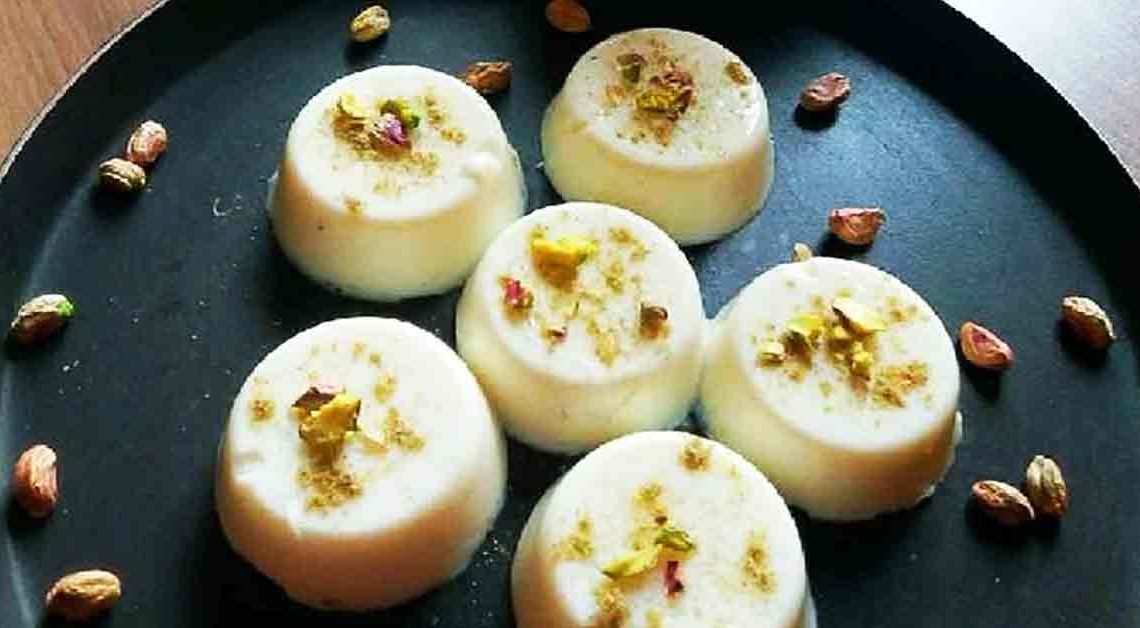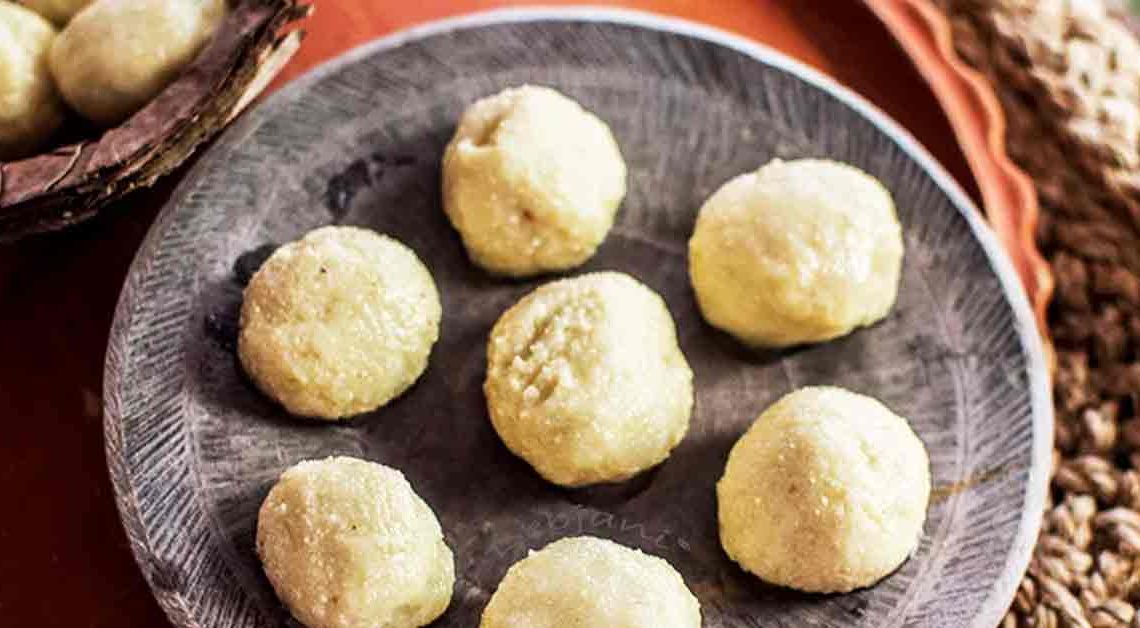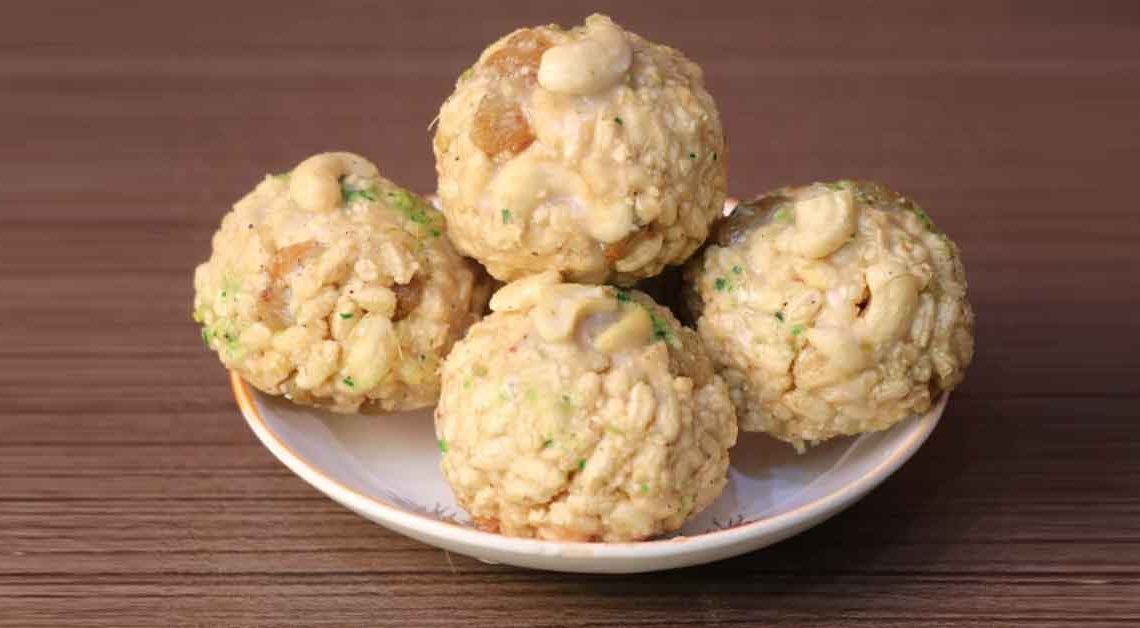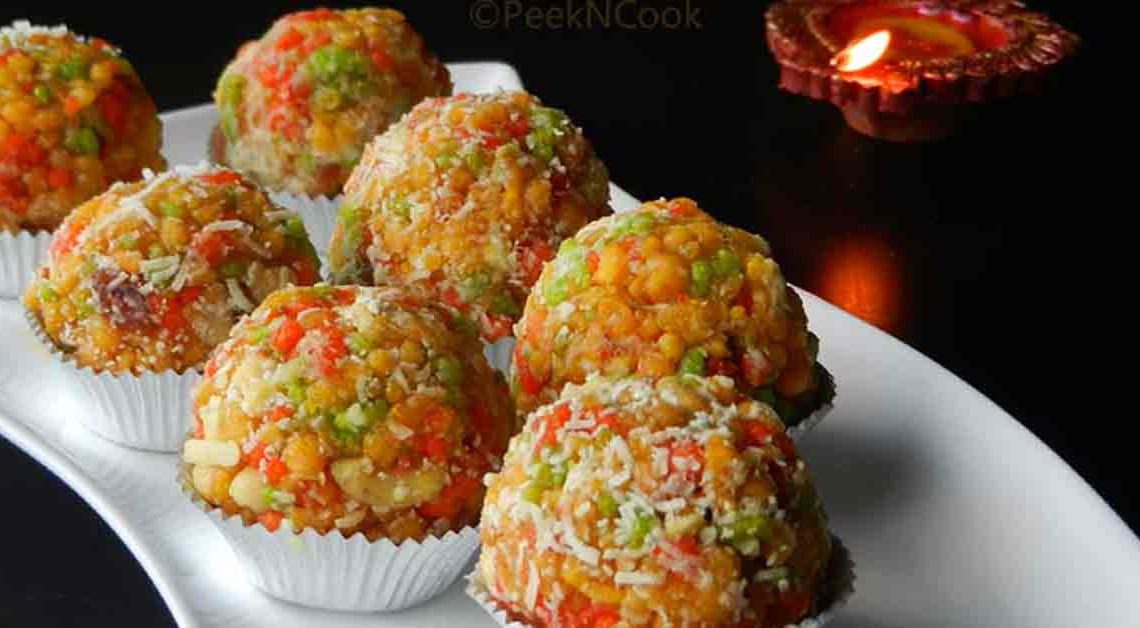Delightful Desi Treats: Unraveling the Mystique of Kharvas

Welcome to Mithainama! Lets take a journey through the culinary landscapes of India, where traditions blend with flavors to create unforgettable experiences. Join me as we embark on a delectable adventure exploring the lesser-known gem of Indian sweets – Kharvas.
Imagine a velvety, creamy delight that melts in your mouth, leaving behind a trail of sweetness that lingers on your taste buds. That’s Kharvas for you – a traditional Maharashtrian delicacy that boasts a rich history and a taste that transcends generations.
Get ready to tantalize your taste buds and embark on a culinary journey like no other with Kharvas – a sweet symphony of tradition and taste.
Origin of Kharvas
Kharvas, also known as Junnu or Colostrum Pudding, has its origins in the state of Maharashtra, India. It is believed to have originated in the rural areas where dairy farming is prevalent. The dish is traditionally made from the colostrum milk of a cow, which is the milk produced by the cow in the first few days after giving birth.
Colostrum milk is rich in nutrients and antibodies, making it highly beneficial for newborn calves. However, it is also used in culinary practices in many cultures, including in India to make Kharvas.
The process involves collecting the colostrum milk, sweetening it with jaggery or sugar, and then steaming it until it sets into a pudding-like consistency. The pudding is often flavored with cardamom, saffron, or other spices to enhance its taste.
It is considered a delicacy in Maharashtra and is often served as a dessert during festivals, celebrations, and special occasions. It is valued not only for its delicious taste but also for its nutritional benefits, making it a popular choice among people of all ages.
History of Kharvas
The history is deeply rooted in Indian culture, particularly in the state of Maharashtra. The dish has been a part of traditional Maharashtrian cuisine for centuries, with its origins dating back to ancient times.
It is believed to have originated in rural Maharashtra, where dairy farming has been a way of life for generations. The dish was traditionally prepared by collecting the colostrum milk of a cow, which is the milk produced in the first few days after calving. This milk is known for its high nutritional content and is considered beneficial for health.
Today, this delectable pudding continues to be a beloved dish in Maharashtra and is also enjoyed in other parts of India. Its rich history and cultural significance make it a unique and cherished part of Indian culinary heritage.
Cultural Significance
It holds a special place in Maharashtrian culture and cuisine, embodying a sense of tradition and community. Its cultural significance is multifaceted, touching upon various aspects of life and celebrations in Maharashtra.
Festivals and Celebrations: It is often prepared during festivals and special occasions, such as Diwali, Gudi Padwa, and weddings. It is considered an auspicious dish, symbolizing prosperity and joy. Serving guests is a gesture of hospitality and goodwill.
Nutritional and Therapeutic Value: In traditional Indian medicine, colostrum milk is highly valued for its medicinal properties. It is believed to boost immunity, aid digestion, and promote overall health.
Culinary Heritage: It is a part of Maharashtra’s rich culinary heritage, reflecting the state’s agricultural and dairy farming traditions. The dish has been passed down through generations, with each family adding its own touch to the recipe, thereby preserving its cultural identity.
Where is Kharvas Famous?
Kharvas is most famous in the Indian state of Maharashtra, where it is a traditional and much-loved dessert. It is especially popular in rural areas where dairy farming is common, as it is traditionally made from the colostrum milk of cows, which is readily available during the calving season.
In Maharashtra, these are served during festivals, celebrations, and special occasions, making it an integral part of the state’s culinary culture. It is also enjoyed in other parts of India, particularly in states with a significant Maharashtrian population, such as Gujarat, Karnataka, and Madhya Pradesh.
It is not as well-known, as it is a regional dish that is closely tied to the traditions and culture of Maharashtra. However, with the increasing popularity of Indian cuisine globally, there is growing interest in traditional Indian desserts, which may lead to its recognition in other parts of the world.
Interesting Facts and Trivia
Here are some interesting facts and trivia related to Kharvas:
- Colostrum milk, the key ingredient in Kharvas, is known for its high nutritional content. It is rich in antibodies, proteins, vitamins, and minerals, making it not just a delicious dessert but also a nutritious one.
- While it is traditionally made from cow’s colostrum milk, it can also be made from buffalo’s colostrum milk. This variation is known as “Mevas Kharvas” and is popular in some regions of Maharashtra.
- Different regions of Maharashtra have their own variations of pudding, with slight differences in ingredients and preparation methods. For example, some recipes use coconut milk or grated coconut to enhance the flavor.
- It is a seasonal delicacy, as it is made using colostrum milk, which is available only for a few days after a cow gives birth. This adds to its exclusivity and makes it a special treat during the calving season.
- In Maharashtra, pudding is not just a dessert but also a symbol of hospitality, celebration, and community bonding. It is often shared with friends and family during festivals and auspicious occasions.
Did You Know?
Did you know that Kharvas, a traditional Indian dessert made from colostrum milk, is not only delicious but also offers several health benefits?
- Colostrum milk, the main ingredient in Kharvas, is packed with nutrients such as proteins, vitamins, and minerals. It is especially high in antibodies, which can boost the immune system and help fight infections.
- It is easy to digest, making it a gentle and soothing dessert for the stomach. It can be particularly beneficial for those with digestive issues or sensitive stomachs.
- The high protein content can provide a quick and sustained energy boost, making it a great choice for a midday snack or a post-workout treat.
- The calcium and phosphorus in colostrum milk contribute to strong and healthy bones, making a good addition to a balanced diet for bone health.
- Some studies suggest that colostrum milk may have anti-aging effects, thanks to its high levels of antioxidants. Consuming regularly could help maintain youthful skin and overall vitality.







